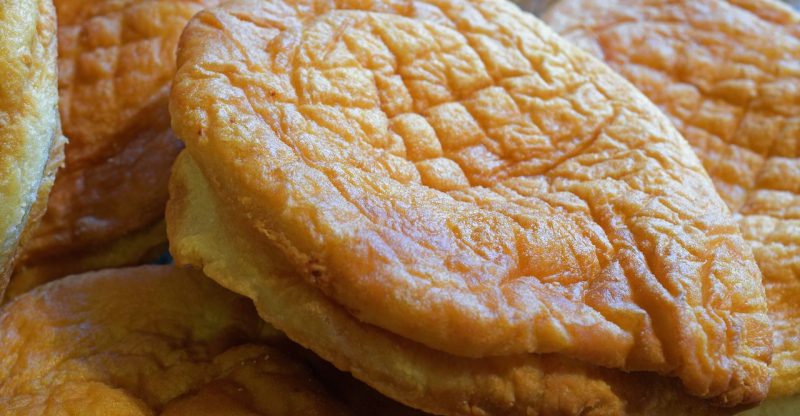The Simpler, Most Available Food Culture in Finland
There are many great food cultures in the world, and Finland’s may be the simplest and most available of them all. Located in Northern Europe and bordering Sweden, Norway, Russia, and Estonia, Finland has little to no natural resources and can grow only a few crops, making it hard to provide its people with enough food year-round. As such, Finland’s government takes steps to ensure that the basic necessities are always readily available to its citizens.
Introduction to Finland
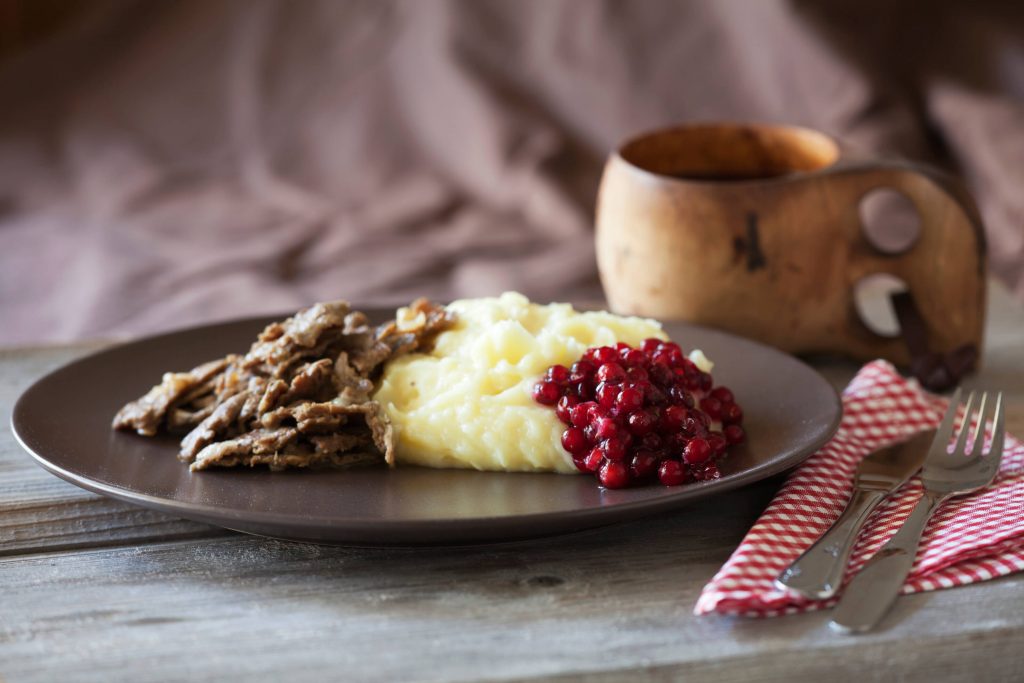
A small country with a big heart, Finland is renowned for its scenic beauty, friendly people, and of course, delicious food. The cuisine here is based on fresh, local ingredients – many of which are grown or gathered right in the Finnish forests. As a result, meals are healthy and often quite simple. That’s not to say they’re not relishing – in fact, Finns take great pride in their cooking and enjoy sharing their meals with others. So whether you’re looking for a light lunch or a hearty dinner, you’re sure to find something delicious in Finland.
In this article, we will look at three of the more typical dishes from Finnish cuisine: Sauna-Fried Fish (Kylmäsavulohi), Oven Baked Trout (Lohi uunissa) and Finnish Bread Dessert (Leipäjuusto). I’ll tell you what each dish is, where they came from and what makes them Finnish. We’ll also go through recipes so you can enjoy these meals yourself! And finally, we’ll talk about what makes Finns so healthy and how a Finnish diet could help you as well. So let’s dig into our gastronomic journey!
Sauna-Fried Fish (Kylmäsavulohi) is a unique dish in many different ways. Firstly, it’s quite hard to make for yourself at home since you need a sauna and a big pan to fry it! Plus there’s no exact recipe since every household has their own technique. So to make things simple and easy, I found a general recipe that would be as close as possible to most Finns’ dishes. You should also note that Kylmäsavulohi doesn’t have any spices so if you want to taste its full flavor, you should add some white pepper when serving it.
Finland’s Cuisine History
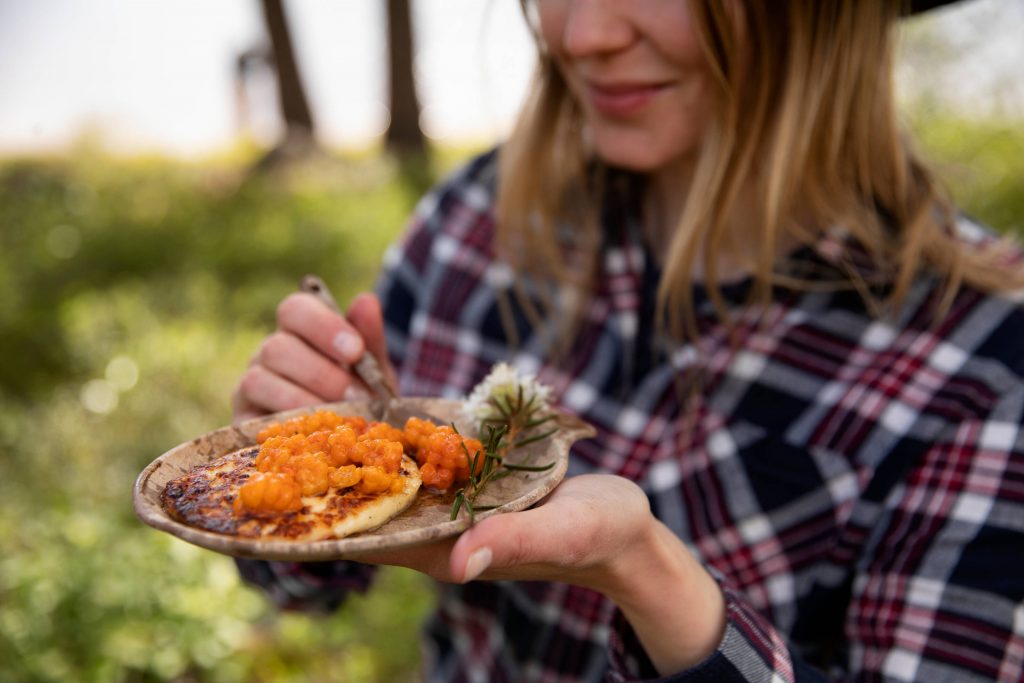
The country’s food culture has been shaped by its climate and geography. Finnish people have had to rely on nature for centuries. It is this tradition that can still be seen in the Finnish cuisine, which is made up of simple, locally sourced dishes. The long winters and cold climate make root vegetables and preserved foods relishing staples in the Finnish diet. In summertime, when the days are longer and warmer, Finns enjoy lighter fare such as fish and salads.
The Finnish national dish is salmiakki. It’s basically a salty liquorice and it has its origins as a military ration. Originally made for soldiers on long marches, salmiakki was sold to civilians in 1902 due to its popularity. In addition to salmiakki being part of Finnish cuisine history, it has also made its way into art culture as well; several artists have designed Salmiakkikukko.
In addition to these dishes, Finland has a number of traditional delicacies. Perhaps most famous is Karelian pie. The snack consists of a rye crust filled with rice porridge and minced meat. Karelian pies are best eaten fresh from bakeries or straight out of an oven. The more popular desserts include Finnish doughnuts (munkki), which are a deep-fried pastry similar to doughnuts found elsewhere. Another delicious dessert is pulla bread; it’s thick layers of cardamom bun split into three horizontal layers and filled with whipped cream and sweet jam or chocolate cream—or both!
In Finland, the food culture is one of the simplest and most available. The land is mostly flat with few trees and much of it farmland. Due to the country’s chilly climate, most of the common foods are root vegetables such as potatoes, carrots, turnips, rutabagas, and beets. this establishment also offers a variety of preserved meats such as ham and sausage. Fish is also popular because of the many lakes in Finland. Some common ingredients you’ll find in Finnish recipes are rye flour, butter, cream, dill, and fresh berries.
The most common staple foods are potatoes and bread. Potatoes can be prepared many ways but most commonly served boiled or mashed as a side dish with almost every meal, including breakfast. Bread is also served with meals and it’s typically just butter for breakfast but sometimes topped with jam or cheese for other meals. Like many other European countries, meat is often eaten less frequently than in America; fish is popularly eaten on Fridays during Lent due to their Catholic roots.
Common vegetables grown by Finns include carrots, radishes, potatoes, onions and cabbage. Due to all of these factors it is no surprise that Finnish cuisine focuses more on hearty dishes than trying different types of food or experimenting with food combinations. If a dish works for them and has been proven over generations to taste good together it isn’t questioned why they would continue to serve it with little variation aside from using seasonal ingredients when possible.
Traditional Finnish Dishes
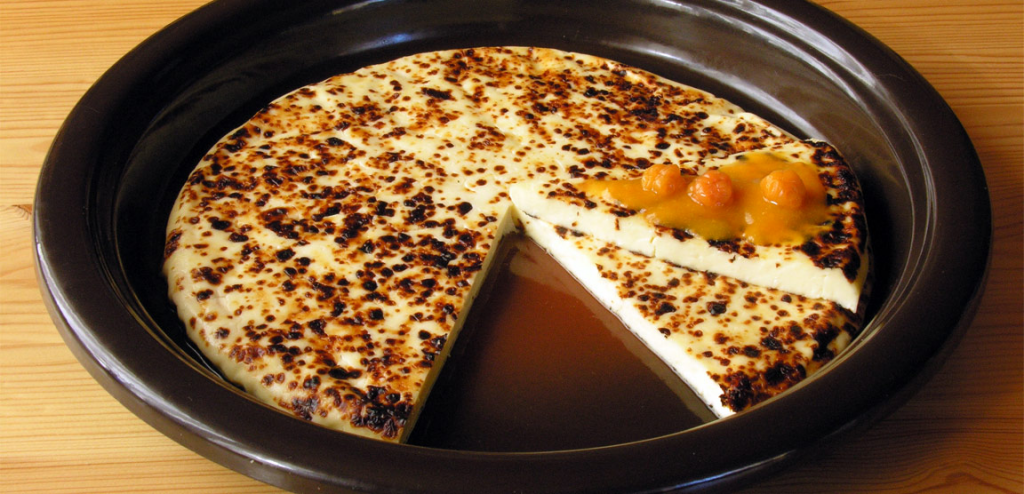
Simplicity, rather than novelty, is the cornerstone of Finnish cuisine. Their most common dishes are based on potatoes, rye bread, and dairy products – basic ingredients that can be grown and stored easily through the long, dark winters. Fish plays a big role in the Finnish diet as it is surrounded by water. Some of the most popular traditional Finnish dishes include karjalanpiirakka (a baked pastry filled with rice pudding), lohikeitto (a salmon soup), and hernekeitto (a green pea soup).
Another dish common in Finland is kalakukko, a rye bread cooked with cod or lingfish. Some versions of kalakukko include olives and almonds as well. These traditional dishes may not seem very elaborate but they show how important fresh produce is to a Scandinavian diet and how to make good use of it. For example, hernekeitto calls for lots of green peas that are harvested from fields during summer and autumn. Reindeer meat also makes an appearance at many dinner tables during special occasions and is considered to be an important source of sustenance for their long winters. Potatoes are another vital crop that Finns use to bulk up their meals while adding few calories.
Favorite Snacks in Finland
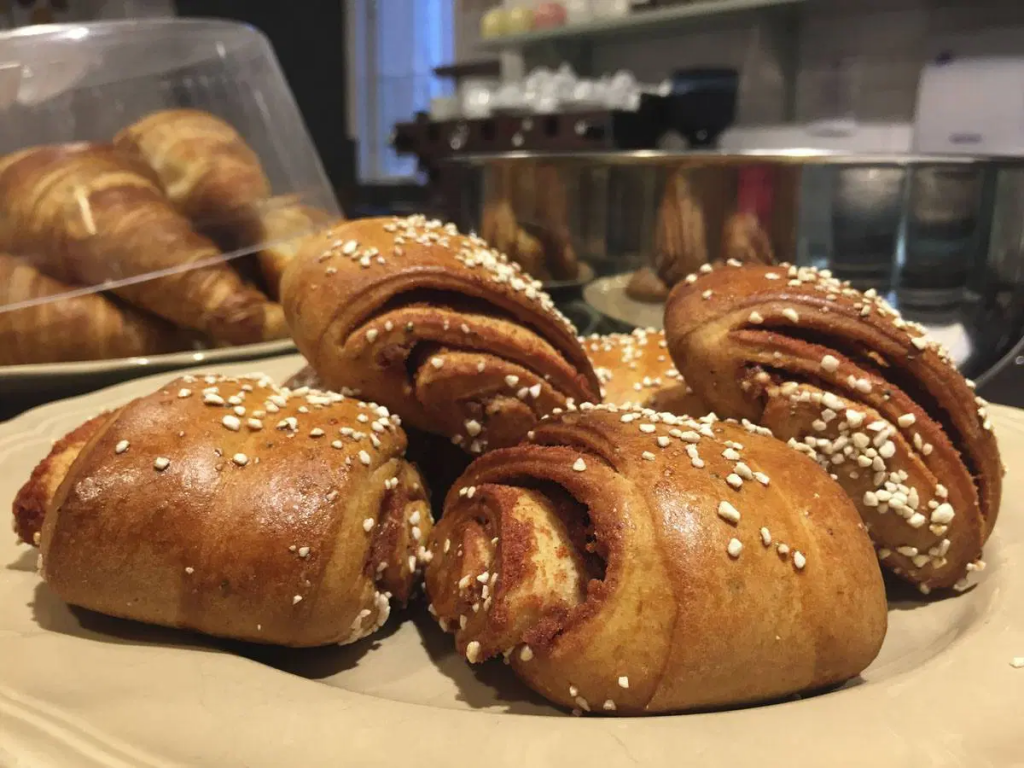
Finnish food is some of the simplest and most available in the world. The average Finn consumes about 150 liters of milk per year, making it the second largest consumer of milk per capita after Iceland. Finnish cuisine is based heavily on fresh, natural ingredients—seafood, meats, berries, vegetables, and mushrooms all play starring roles. Considering Finland is one of the world’s biggest producers of pure spring water, it’s no wonder that Finnish food culture has a strong focus on water.
The national dish of Finland is meatball soup, typically served with bread. Soups and warm meals generally are popular around lunch time and are easy to pack for a picnic or an afternoon snack. For example, smoked salmon on rye bread makes for a quick lunch item that you can eat almost anywhere and anytime. Toasted cheese sandwiches are another typical meal; many Finns have cheese at their day’s end, usually on bread or crackers.
Health Benefits of Finnish Food

The Finnish food culture has many health benefits. The climate and terrain of the country make it difficult to grow crops, so the Finns have had to rely on hunting and fishing for their food. This has resulted in a diet that is high in protein and low in carbohydrates. Due to the lack of farmland in Finland, very few processed foods are available. This results in a diet that is healthier than the typical Western diet.
The major health benefits of Finnish food include lower rates of obesity and heart disease compared to countries with more traditional diets. The lower calorie intake may be due to a high consumption of fish and other proteins, which are filling but low in calories. Although fish is high in fat, it is healthy unsaturated fats that result in greater HDL (good) cholesterol levels than unhealthy saturated fats found in red meat. A diet rich in proteins results also from drinking milk instead of sugary soft drinks. It’s hard to say whether or not these health benefits are due solely to the Finnish food culture or if it is something about their lifestyle that affects their diet as well. However, one thing that does add variety and interest to their diet is sauna use.




